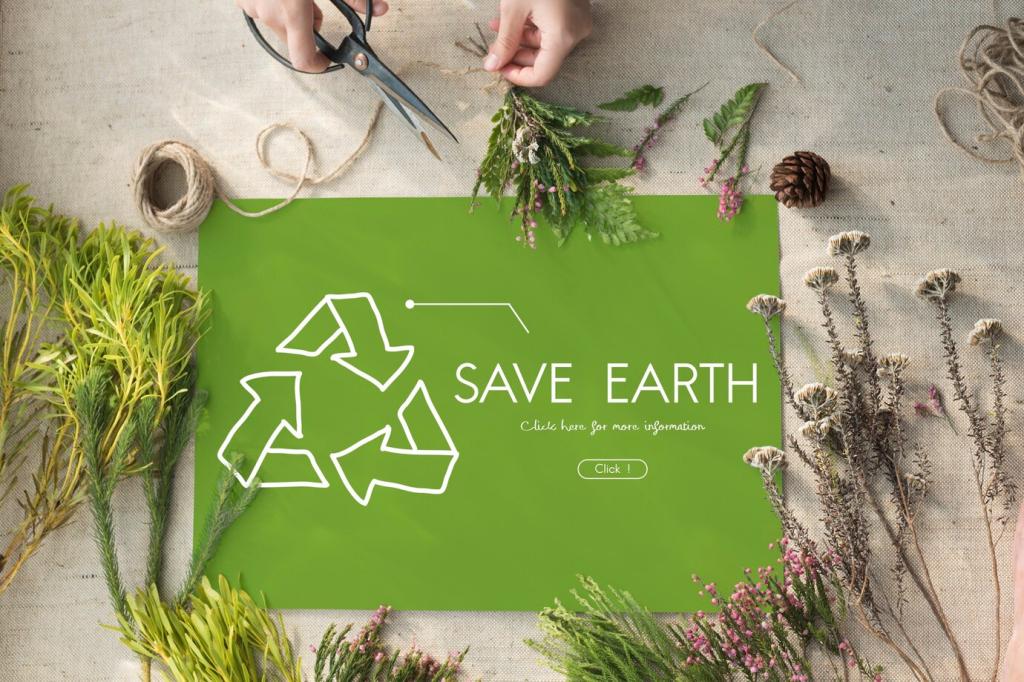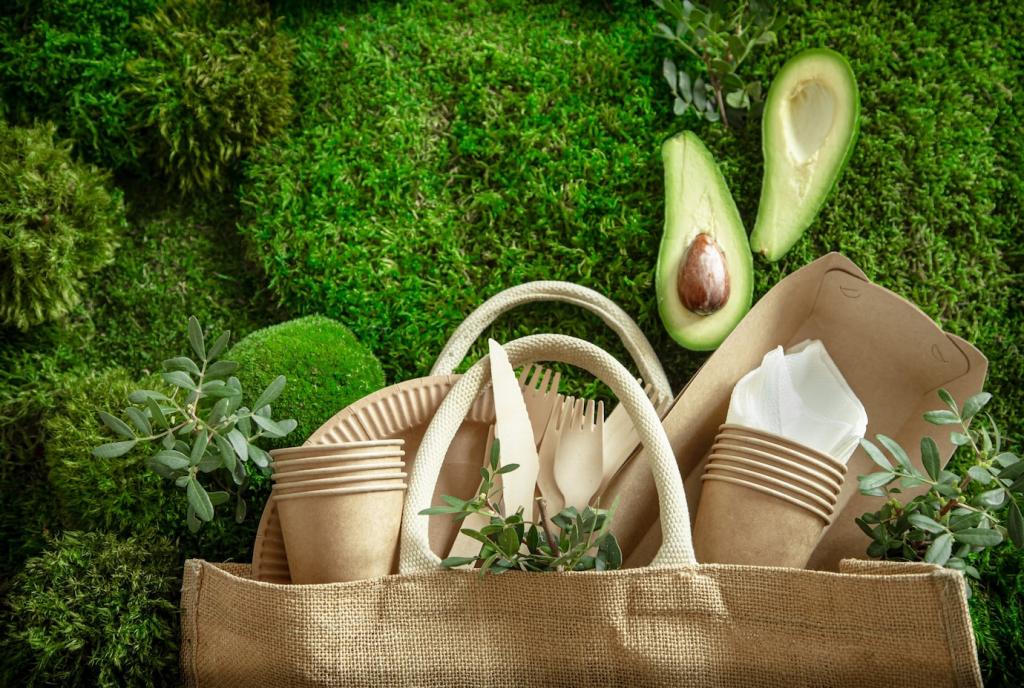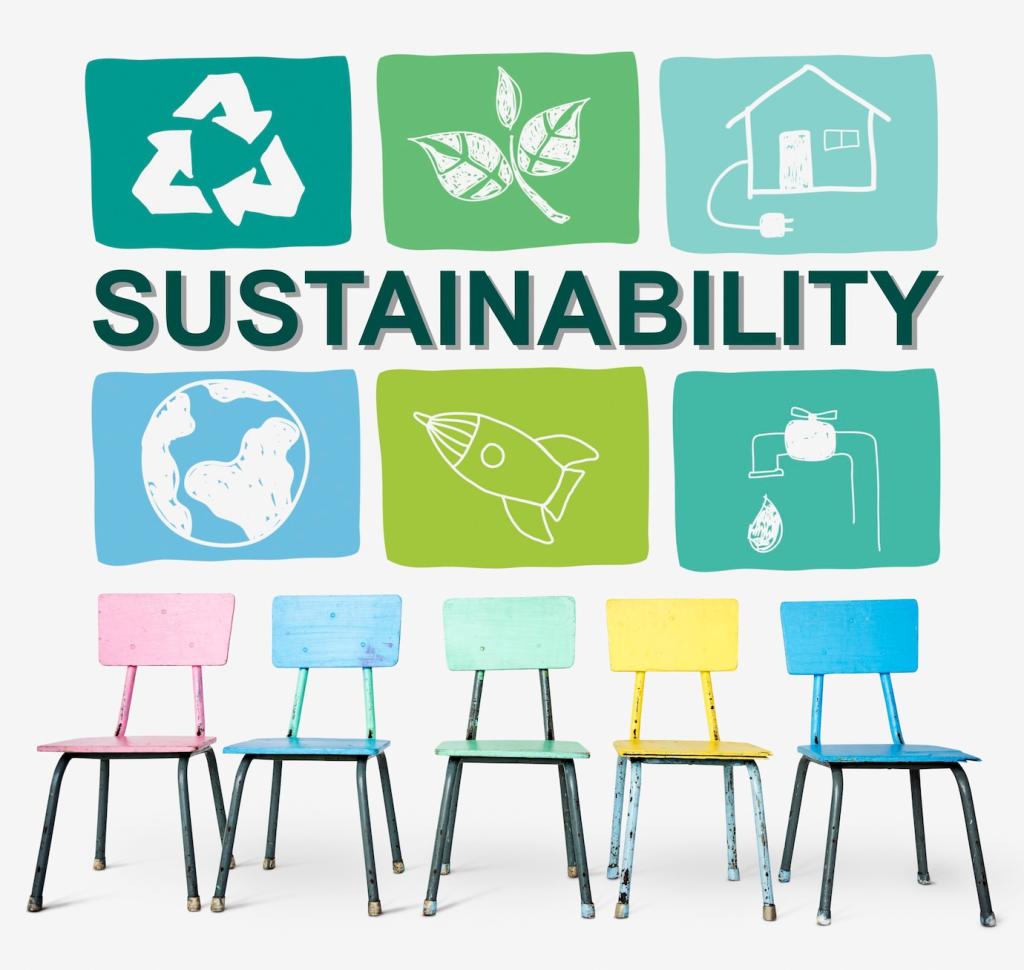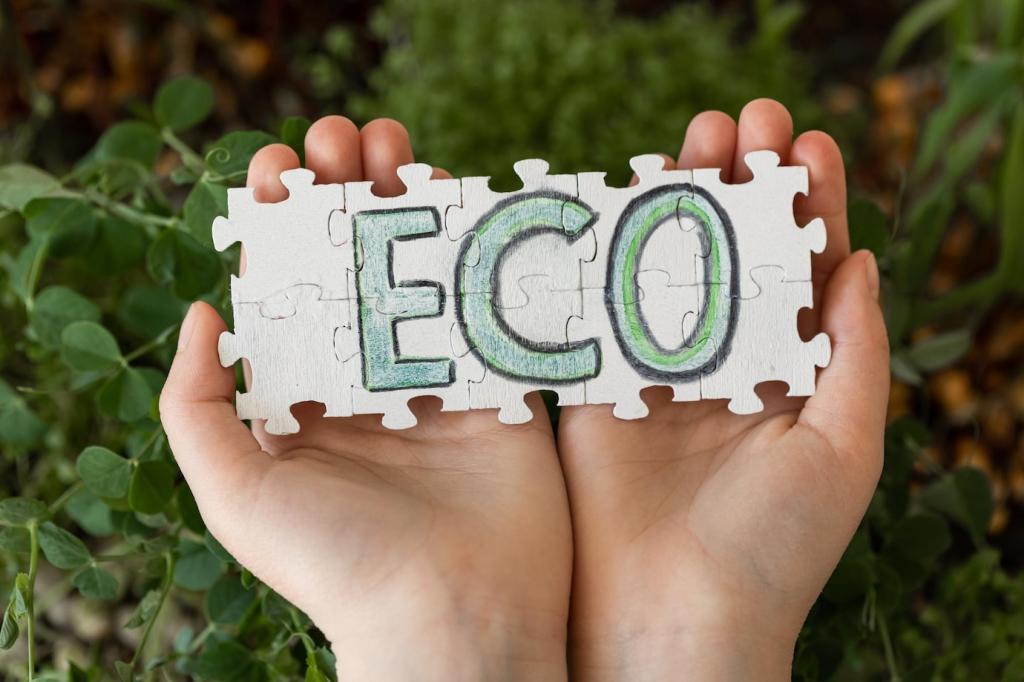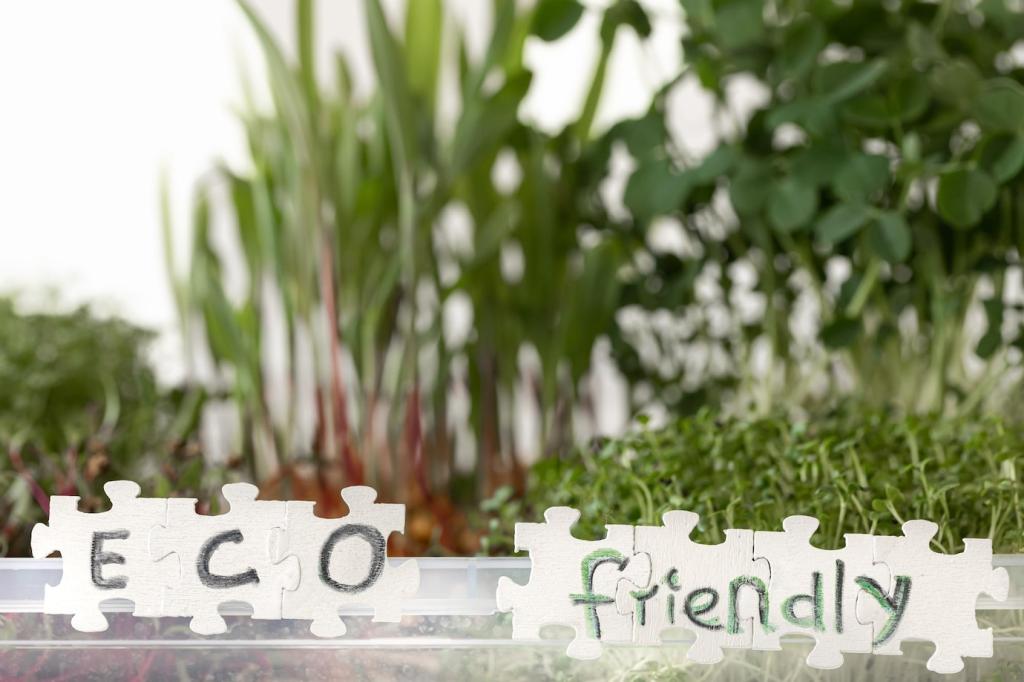Why Green Upholstery Cleaning Matters
Conventional cleaners can release volatile organic compounds that linger in soft fibers and indoor air. Green upholstery methods minimize fumes and residues, protecting kids, pets, and people with asthma or allergies, while leaving your couch and rugs truly comfortable to relax on.
Why Green Upholstery Cleaning Matters
Eco formulas, reusable tools, and low-water methods collectively reduce waste. Choosing concentrated, plant-based solutions, refilling bottles, and washing reusable cloths helps cut plastic and energy use—without compromising on stain-lifting power or long-term fabric care.
Why Green Upholstery Cleaning Matters
When a friend spilled espresso on a cream loveseat, we used distilled water, a dash of plant-based soap, and a microfiber cloth. The stain lifted gradually, no fumes, no damage—just patience, blotting, and a satisfied sigh when the fibers dried perfectly.


